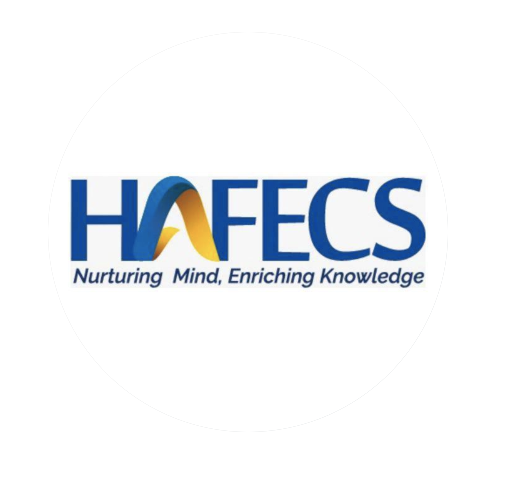The ABEC (Affection, Behavior, Engagement, Cognitive) approach places students at the center of the learning process. Through a comprehensive understanding of these four important aspects, educators can create an environment that allows students to develop holistically. In this article, we will discuss more about each of the ABEC aspects, highlighting their role in effective learning.
Affection: Supporting Students’ Emotional Development
Affection refers to the emotional support and positive relationship between teachers and students. It involves acceptance, appreciation, and love given to each student. According to the ABEC approach, creating a compassionate and emotionally supportive learning environment can increase students’ confidence, motivation to learn, as well as their interest in the subject matter. In the book “Emotional Intelligence in the Classroom” by Marc A. Brackett, the importance of a strong emotional connection between teachers and students in creating a positive learning climate is emphasized. Teachers who pay attention to and understand students’ emotions can provide effective support and help students feel safe in expression.
Behavior: Encouraging Positive Student Behavior
The second aspect of the ABEC approach is Behavior, which deals with student behavior in the classroom. Teachers need to understand and manage student behavior effectively to create a conducive learning environment. Using an approach that incorporates rewards, positive discipline, and clear rule setting can help improve student behavior. In the journal “Effective Classroom Management Strategies: A Meta-Analysis Study” by Wang and Haertel (2018), a comprehensive analysis of effective classroom management strategies is presented. The study highlights the importance of proactive approaches, such as motivating rewards, providing clear boundaries, and building positive relationships with students.
Engagement: Increasing Student Engagement
Engagement is the third aspect of the ABEC approach, which emphasizes the importance of student involvement in the learning process. Teachers need to create an interesting and challenging environment for students to feel engaged and motivated to learn. Actively engaging students in learning can improve understanding and retention of information. In the journal “Student Engagement in Instructional Activity: Patterns in the Elementary, Middle, and High School Years” by Appleton, Christenson, and Furlong (2008), the patterns of student engagement in different stages of education are discussed. The research highlights the importance of learning that is relevant to real life, the use of active learning strategies, and paying attention to students’ interests and needs.
Cognitive: Strengthening Students’ Cognitive Skills
The fourth aspect of the ABEC approach is Cognitive, which focuses on developing students’ cognitive abilities. Teachers need to encourage critical thinking, problem solving and higher order thinking skills. Helping students acquire in-depth knowledge and skills is the main goal in this aspect. In the book “Visible Learning” by John Hattie, the importance of the teacher as a facilitator of learning that builds deep understanding is emphasized. Through providing effective feedback, using teaching strategies that focus on problem solving, and linking material to real contexts, teachers can help students develop their cognitive abilities.
The ABEC approach highlights four important aspects of student learning: Affection, Behavior, Engagement, and Cognitive. In supporting students in the learning process, teachers need to create a loving environment, manage behavior wisely, increase student engagement, and strengthen their cognitive abilities. Through this approach, effective and holistic learning can be achieved, allowing students to grow and develop optimally.
References :
Brackett, M. A. (2019). Emotional Intelligence in the Classroom. W. W. Norton & Company.
Wang, M. C., & Haertel, G. D. (2018). Effective Classroom Management Strategies: A Meta-Analysis Study. Educational Psychology Review, 30(1), 1-27.
Fredricks, J. A., Blumenfeld, P. C., & Paris, A. H. (2004). School Engagement: Potential of the Concept, State of the Evidence. Review of Educational Research, 74(1), 59-109.
Appleton, J. J., Christenson, S. L., & Furlong, M. J. (2008). Student Engagement in Instructional Activity: Patterns in the Elementary, Middle, and High School Years. American Educational Research Journal, 45(3), 716-737.
Hattie, J. (2009). Visible Learning: A Synthesis of Over 800 Meta-Analyses Relating to Achievement. Routledge.





Bisa dimulai dengan hal hal kecil, contohnya mulai memakai produk indonesia, bisa batik dll. Anak muda sekarang suka stylish ya,…
Mantap! Bacaan yang berbobot! Perlu diperhatikan bagi para tenaga pendidik
Terbaik
PCK sangat berpengaruh guna membangun karakter peserta didik guna menunjang pengetahuan yang akan kedepannya
Bagaimana upaya melestarikan budaya nasional pada generasi muda?